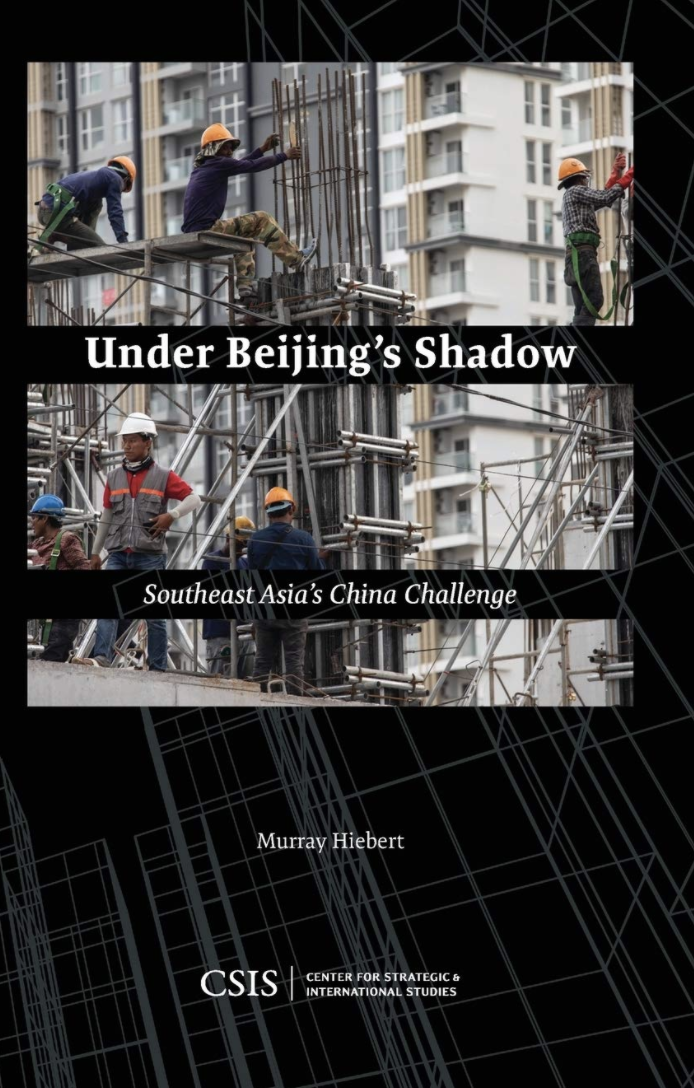
Life under Beijing cloud



Superpowers have always dominated their region by exerting an outsize an overbearing influence like China’s involvement in Southeast Asia, US looms over Latin America, Russia treat ex-Soviet States as its “near abroad”, creating unease among its smaller neighbours.
The stunning growth of China has although yanked up the region’s economies, but its militarisation of the South China Sea and dam building on the Mekong River has nations vary about Beijing’s outsized ambitions. Southeast Asian long felt relatively secure, relying on the United States at a security hedge, but that confidence began to slip after the Trump administration launched a trade war with China and questioned the usefulness of traditional alliances.
Murray Hiebert, a senior associate with the US-based centre for Strategic and International Studies and former reporter in Southeast Asia, lays out a snapshot of ten countries in Southeast Asia by exploring their diverse experiences with China and how this impacts their perceptions of Beijing’s actions and its long term political, economic, military and soft power goals in the region.
Six Hunderd million people, three trillion dollar economy and strategic location, all reasons to pay close attention to Southeast Asia.
Murray Hiebert gives elicits facts and reports on the growing influence of China on all aspects of Southeast Asia life, security, infrastructure, finance, by outlining the difficult choice each of the ten nations has as they wrestle with the promise and challenge of the bulk of China.
Like America and Russia, Beijing can also be a neighbourhood bully as China has made reefs and islets on China Sea into military installations to bolster its internationally unrecognized “Nine Dash Line” maritime claim on nearly the whole sea. Chinese vessels have rammed and sunk Vietnamese and Filipino fishing boats and harassed oil and gas operations off Malaysia, Vietnam and the Philippines. Chinese companies have built 11 hydropower dams along the headlands of Mekong River, diverting the flow of water, sediment and fish stocks on which millions of farmers and fisherman in five countries down river rely on.
Trump administration is heating up trade pressure and belligerent rhetoric towards Beijing putting Southeast Asia in the middle of World’s pre-eminent geopolitical conflict.
“In achieving its goals, China has important assets in dealing with Southeast Asia, including its physical proximity, its mountains of cash, and the fact that it does not hector countries on democracy and human rights.” Murray explains.
While Japan remains the biggest source of foreign direct investment, China is emerging as a leading supplier of technology in the region from SG telephony to facial recognition and data analytics tools, some being used in place with poor human rights record.
Hiebert skilfully teased out the nuances and ambiguities including local elites who have welcomed Chinese money, at times under corrupt circumstances. Beijing has proved a more predictable partner than the US, continuing business as usual with Myanmar when it faced isolation under its former military dictatorship, the more recently when it faced international condemnation for the military crackdown on the Rohingya. Beijing continued military sales to Thailand after the most recent coup in 2014.
Vietnam which fought a border war with China in 1979, Thailand is scrupulous about balancing China by courting Japan, the US and other countries.
Murray Heibert weaves together a compelling and comprehensive snapshot of Southeast Asia’s complex relationship with China. “Beijing shadow is an indispensible and enlightening read for anyone who seeks to understand how this important region at a moment when major powers are increasingly vying for influence and access.”
The next century will be defined by geopolitical competition in Asia and answering the “China Challenge”/
Urban Beijing’s Shadow: Southeast Asia’s Chinese Challenge by Murray Hiebert, Rowman & Littlefield Publishers, $40/£31, 608 pages.
